In 1992, Bill Clinton grabbed headlines with the phrase “It’s the economy, stupid,” and used it to unseat George Bush as President. I’m not trying to stir up old political feuds or throw a hissy fit, but my point here should be as plain as the nose on your face. In playing traditional bluegrass, the melody should be considered almost sacred.
Bluegrass music is the delicate balance between tradition and innovation. In order to maintain the traditional side of bluegrass music, the melodies as well as the lyrics must be kept more or less intact. The hot licks we all

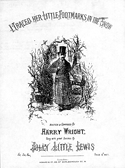
 By Wayne Erbsen
By Wayne Erbsen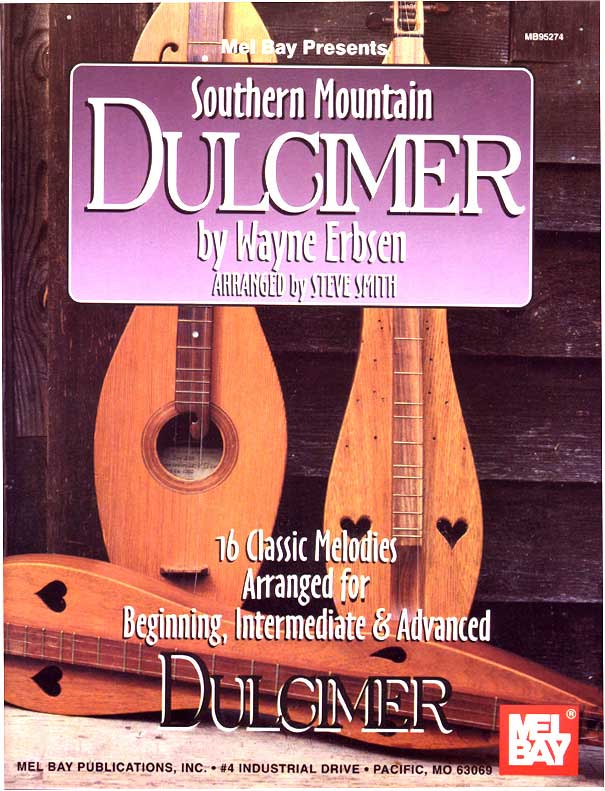
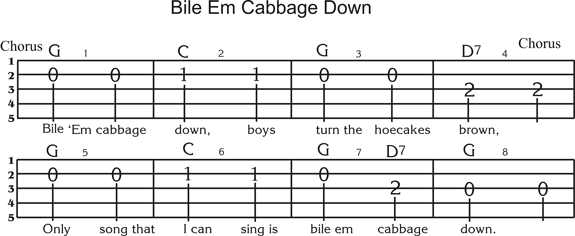
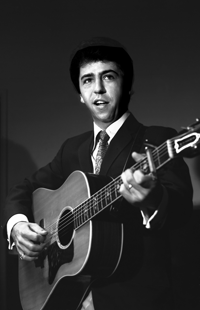
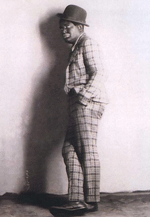
 Turning
Turning 